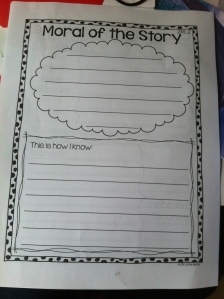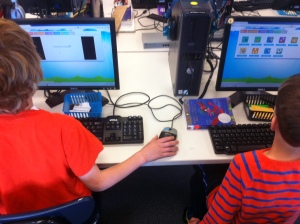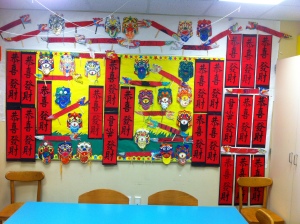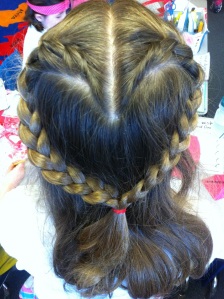P3 – Practice standards-based assessment.
Teacher candidates use standards-based assessment that is systematically analyzed using multiple formative, summative, and self-assessment strategies to monitor and improve instruction.
In most classrooms, you will find worksheets decorated with students work covering walls that were once barren. The worksheets are usually framed in student language and are products of the contents that have been taught to students. Most worksheets are written with consideration of the standards taught to students written in their own words using the classroom examples. In my 2nd grade classroom, this is no exception. We use worksheets in most lessons and hang them in visible places in the classrooms so students can refer back to them as the unit progress. The worksheets content acts as the curriculum standards and the usage is the assessment of students learning of the content being taught. In my own understanding, worksheets are tools that teachers use to practice assessment of the curriculum standards. As evidence, I have attached several worksheet samples used in our reading class to get students to better comprehend texts. Each worksheet contains the Common Core State Standards (CCSS) it is meeting in the top right corner.
In a PowerPoint presentation by Michelle Wildman, a student at Brooklyn College in New York, I learned of the effectiveness of worksheets in developing literacy skills. Wildman presented information proving that worksheets are effective in instructing and assessing learners in literacy skills. Multiple Intelligence Learning Theory (MILT) and Albert Bandura’s Social Learning Theory (SLT) support incorporating worksheets into lessons. Wildman argue worksheets vary in the way they are designed (refer to evidence). In this way, different learners are able to complete the worksheets. It engages challenges as students learn to answer questions they would not be exposed to in a general discussion. Worksheets are a great tool to practice standards-based assessment as they allow teachers to monitor and improve their instruction (Wildman).
Worksheets are not just a decoration in the classroom; they are evidence of student’s success. In my 2nd grade classroom, students are using worksheets for various lessons. Though lessons are differentiated, the worksheets portions are the most effective in being able to reflect student’s performance in the classroom. In my future classroom, I will incorporate worksheets that are generated by students themselves. I will do this by using student’s own work and thinking during class discussions. This will allow students to build on to their own thinking and developing a deeper understanding of the standards.
Reference:
Wildman, Michelle. (2012). Are Worksheets Effective as an Instruction and Assessment Tool in Developing Literacy Skills? Brooklyn College. New York. Accessed 5/22/15 (Assessment Tool in Developing Literacy).








 Students experience in the library is a great reminder of the importance of honoring student’s access to content material. In the library, our second grade class is read a book in their grade level, learn to search books on various topics, and play games or watch videos related to topics being learned in class. In my future classroom, I would incorporate library plans for each student. Students would create a plan of how they want to spend their time while in the library. I believe this will allow students to think about their available resources and how they want to use them in a better form.
Students experience in the library is a great reminder of the importance of honoring student’s access to content material. In the library, our second grade class is read a book in their grade level, learn to search books on various topics, and play games or watch videos related to topics being learned in class. In my future classroom, I would incorporate library plans for each student. Students would create a plan of how they want to spend their time while in the library. I believe this will allow students to think about their available resources and how they want to use them in a better form.












